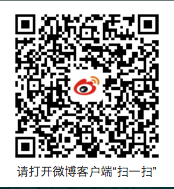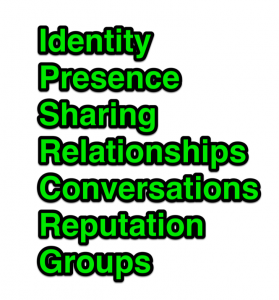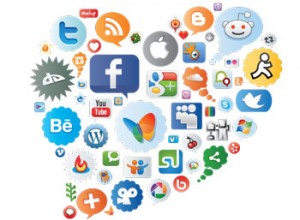 Web 2.0 is a concept rather than a technology. It is a term used to describe interaction using web/internet technologies. The distinction here highlights the movement from what the internet looked like at the beginning – mostly static content – to its current capabilities of enabling interaction and collaboration using web tools. This new phase of the web allows users to shape content, respond to content, and engage with individuals who are also using these tools (Haughn, 2015).
Web 2.0 is a concept rather than a technology. It is a term used to describe interaction using web/internet technologies. The distinction here highlights the movement from what the internet looked like at the beginning – mostly static content – to its current capabilities of enabling interaction and collaboration using web tools. This new phase of the web allows users to shape content, respond to content, and engage with individuals who are also using these tools (Haughn, 2015).
The internet’s initial phase has now been retrospectively referred to as Web 1.0. This terminology highlights the distinction between the period where web pages were set content and needed a skill set and knowledge of File Transfer Protocols in order to establish a web presence. The Web 2.0 phase requires far less technical knowledge because the tools available provide the platform upon which users can build their content.
The term Web 2.0 first made its appearance in 1999 when used by Darcy Dinucci (Pope, 2010). Dinucci described the transition in his article, Fragmented Future (Dinucci, 1999):
 The Web we know now, which loads into a browser window in essentially static screenfuls, is only an embryo of the Web to come. The first glimmerings of Web 2.0 are beginning to appear, and we are just starting to see how that embryo might develop. The Web will be understood not as screenfuls of text and graphics but as a transport mechanism, the ether through which interactivity happens. It will […] appear on your computer screen, […] on your TV set […] your car dashboard […] your cell phone […] hand-held game machines […] maybe even your microwave oven.
The Web we know now, which loads into a browser window in essentially static screenfuls, is only an embryo of the Web to come. The first glimmerings of Web 2.0 are beginning to appear, and we are just starting to see how that embryo might develop. The Web will be understood not as screenfuls of text and graphics but as a transport mechanism, the ether through which interactivity happens. It will […] appear on your computer screen, […] on your TV set […] your car dashboard […] your cell phone […] hand-held game machines […] maybe even your microwave oven.
This explanation helps to highlight the possibilities afforded users in a stage of the internet where they can produce content easily, engage with other users using a myriad of platforms and build a worldwide network of connections.
According to eBizMBA, a website designed to support eBusiness growth, in March 2016 the top 5 most popular Web 2.0 websites, based on unique monthly visits are:
- YouTube with an estimated 1 billion
- Wikipedia with 475 million
- Twitter with 310 million
- Pinterest with 250 million
- WordPress with 240 million
Other platforms that rate a mention in their top 15 include Craigslist, tumblr, IMDb, Yelp, Instagram, imgur, Wikia, Flickr, eHow and Photobucket. This shows the vast numbers of people engaged with using Web 2.0 platforms to engage with social and professional networks, create and share media, write and self publish, play games and learn new skills… amongst a vast array of other reasons to create a profile and get involved.
References:
Dinucci, D. (1999) Fragmented future. [online] Available at http://darcyd.com/fragmented_future.pdf Accessed 19 March 2016
eBizMBA.com (2016) Top 15 most popular Web 2.0 websites, March 2016. [online] Available at http://www.ebizmba.com/articles/web-2.0-websites Accessed 19 March 2016
Haughn, M. (2015) Web 2.0. [online] Available at http://whatis.techtarget.com/definition/Web-20-or-Web-2 Accessed 19 March 2016
Pope, C. (2010) Web 2.0 explained in 60 seconds. [online] Available at https://www.youtube.com/watch?v=XcbaLH0D5HU. Accessed 19 March 2016






